La conservación y protección del medio ambiente en Ecuador cuenta con nuevos aliados a nivel nacional. Este 6 de abril se realizó la firma de convenios de Acuerdo de Pago Basado en Desempeño (APBD) entre el Fondo de Inversión Ambiental Sostenible (FIAS) y los Gobiernos Autónomos Descentralizados (GAD) del cantón de Zapotillo de la provincia de Loja, el GAD del Distrito Metropolitano de Quito y la Mancomunidad del Pacífico Norte en representación de los GAD de Jama y Pedernales de la provincia de Manabí; para la posterior entrega de incentivos económicos no reembolsables para la gestión de sus Áreas de Conservación y Uso Sostenible (ACUS).
El financiamiento no reembolsable pertenece al mecanismo de Pago por Resultados REDD+ de USD 18,5 millones que Ecuador recibió en 2019 del Fondo Verde para el Clima (GCF), por haber demostrado de manera técnica la reducción de la deforestación en 2014; y así haber evitado la emisión de alrededor de 3,6 millones de toneladas de carbono.
Para efectivizar el Pago por Resultados REDD+ Ecuador, PNUD desarrolló la herramienta denominada Acuerdo de Pago Basado en Desempeño, que consistirá en la entrega de incentivos económicos a los GAD y Mancomunidades, una vez que hayan cumplido con las metas establecidas para la gestión de sus ACUS. Los indicadores de desempeño que los gobiernos locales deberán cumplir anualmente son:
- Tasa de cambio de cobertura natural en el ACUS.
- Número de hectáreas restauradas por el GAD en el ACUS.
- Presupuesto ejecutado por el GAD para la Gestión del ACUS.
Se espera que la implementación correcta de estas actividades por parte de los gobiernos locales seleccionados, contribuya a sumar los esfuerzos nacionales para la reducción de la deforestación y degradación de los bosques a través de la conservación, manejo forestal sostenible, la optimización de otros usos de suelo para reducir la presión sobre los bosques, y la reducción de emisiones de Gases de Efecto Invernadero en el marco del Plan de Acción REDD+ (2016-2025).
El proyecto tendrá una duración de tres años hasta 2025 y los gobiernos locales podrán recibir hasta USD 1,3 millones, luego de que un Asesor Independiente verifique el cumplimiento de los indicadores de desempeño de la última evaluación anual por parte de los GAD y mancomunidad.
La iniciativa es liderada por el Ministerio del Ambiente, Agua y Transición Ecológica y Ministerio de Agricultura y Ganadería, a través de PROAmazonía, y PNUD, como agencia implementadora, como parte de los esfuerzos y compromiso a las acciones nacionales para la mitigación y adaptación a los efectos del cambio climático.
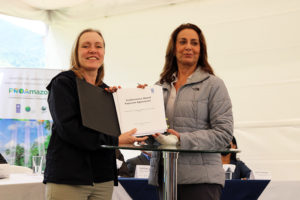
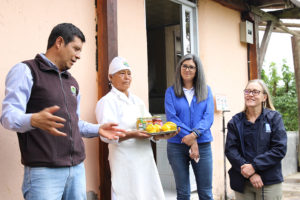
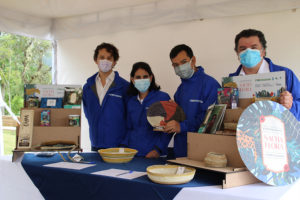
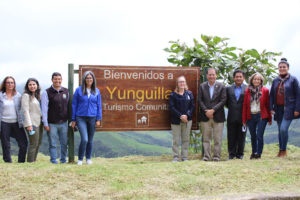
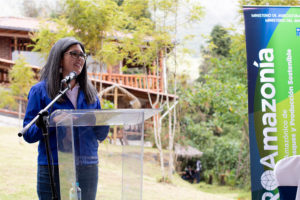
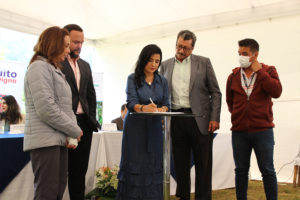
DATOS IMPORTANTES:
- El proyecto da continuidad y complementa acciones impulsadas anteriormente por otras iniciativas REDD+ que se implementan en el país, como son el programa PROAmazonía que inició en 2017 y el programa REDD Early Movers (REM) que en 2019 inició su ejecución.
- Pago por Resultados apoya la implementación de acciones de mitigación y/o adaptación al cambio climático incorporadas en Planes de Desarrollo y Ordenamiento Territorial (PDOT) y Planes de Uso y Gestión del Suelo (PUGS) por parte de gobiernos locales en sus distintos niveles (provincial, cantonal y/o parroquial) o mancomunidades o consorcios.
- El Acuerdo de Pago Basado en Desempeño beneficiará a los GAD/Mancomunidades seleccionados para la gestión Áreas de Conservación y Uso Sostenible (ACUS).
GAD del Distrito Metropolitano de Quito postuló con las ACUS de:
- Mashpi Guaycuyacu Saguangal (15.495 hectáreas).
- Sistema Hídrico y patrimonio arqueológico Pachijal (15.881,89 hectáreas).
- Corredor Del Oso Andino (64.554 hectáreas).
- Representa el 21% de la superficie del DMQ, siendo el 69% de su superficie bosque.
Mancomunidad del Pacífico Norte (GAD Jama y Pedernales) postuló con los ACUS de:
- Jama Verde (42.093 hectáreas).
- Río Cuaque y zonas de influencia (88.114,89 hectáreas).
- Representa el 73% de cada cantón. El 34% de su superficie es bosque
GAD Cantonal de Zapotillo, postuló con el ACUS de:
- Área Ecológica de Conservación Municipal los Guayacanes (13.843,39 hectáreas).
- Representa el 11% del cantón Zapotillo. El 93% de su superficie es bosque.
 Español
Español English
English
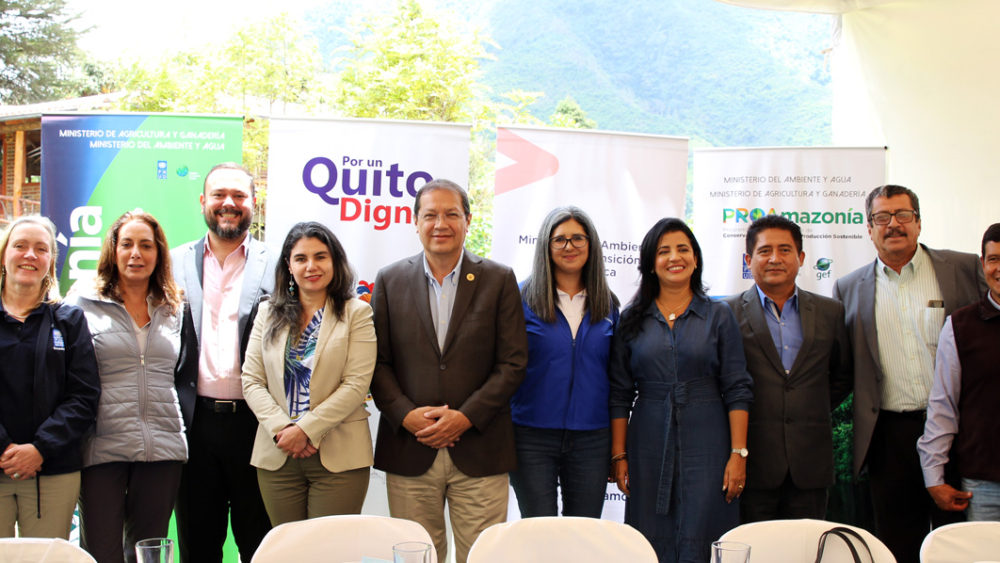
Comments are closed.